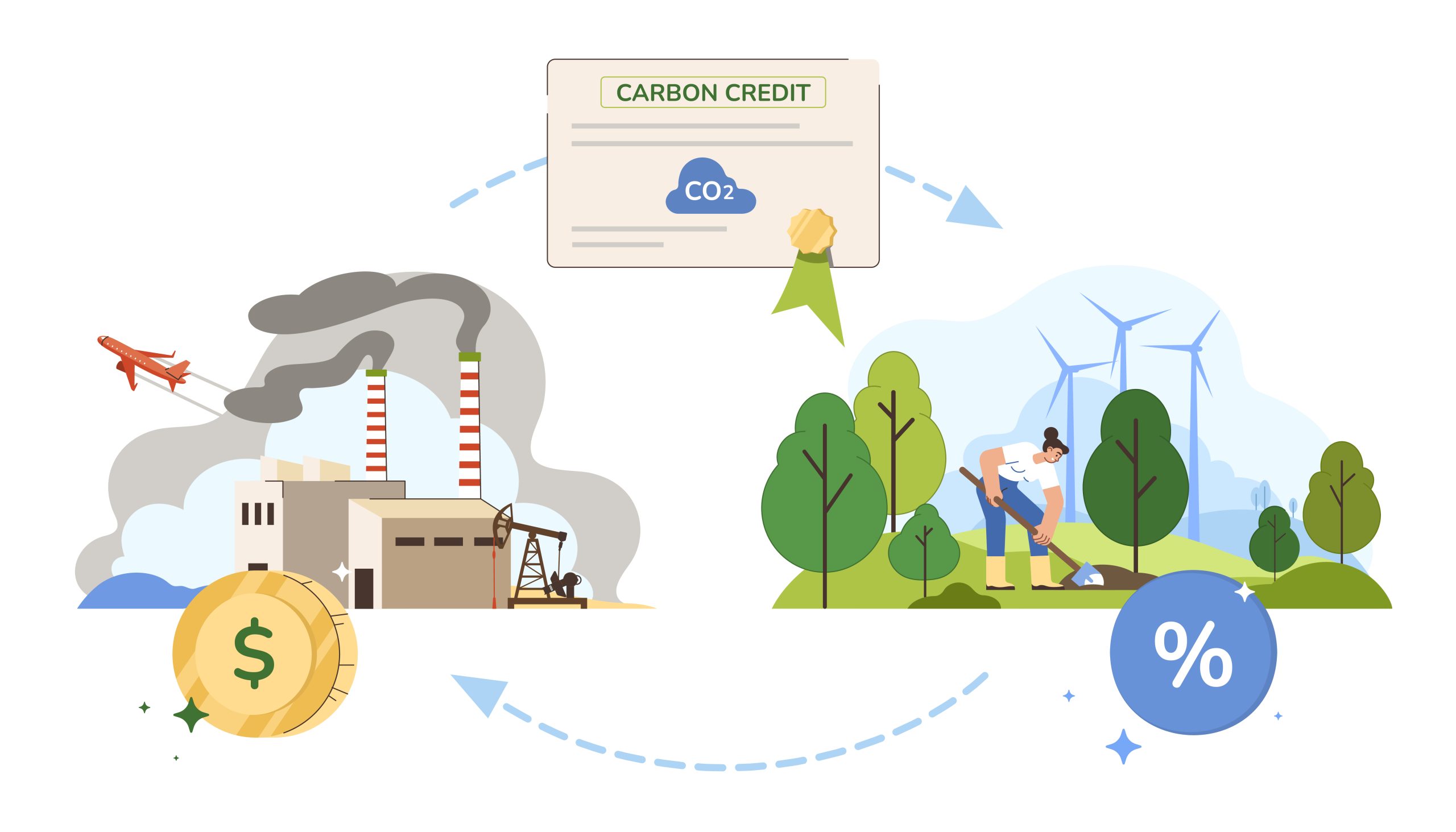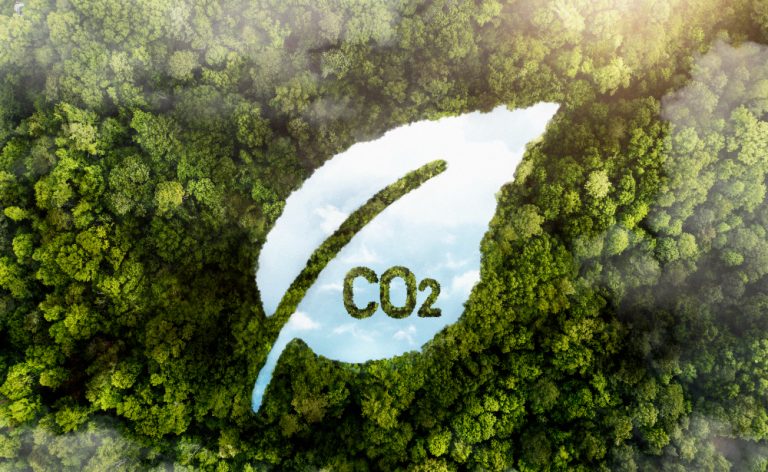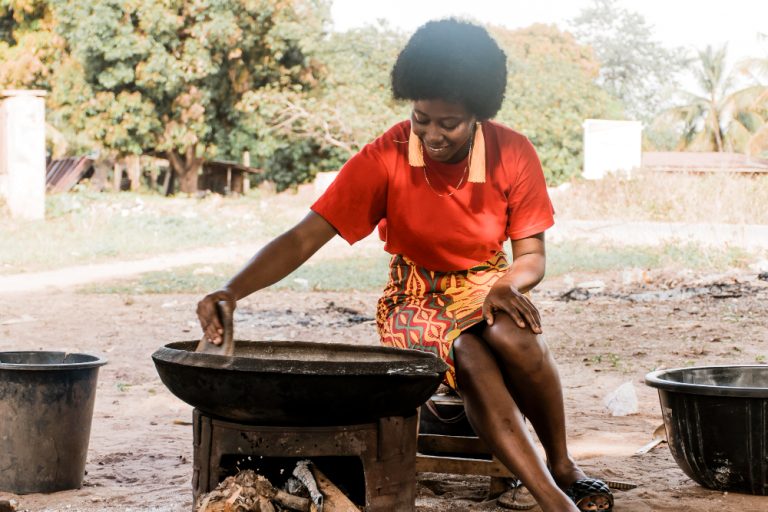The global carbon market is designed to reward measurable reductions in greenhouse gas emissions. Yet, one of the least recognised sources of such reductions comes from something as everyday as cooking. Across Africa, where traditional fuels like firewood and charcoal remain dominant, the shift to cleaner alternatives such as Liquefied Petroleum Gas (LPG) or biofuels has significant, verifiable climate benefits.
This transformation is not theoretical — it is supported by decades of environmental data, carbon accounting methodologies, and climate finance mechanisms.
The Science Behind Carbon Credits
Carbon credits are issued when a project demonstrably reduces or avoids greenhouse gas emissions compared to a baseline scenario. In clean cooking programmes, this baseline is typically defined by households using non-renewable biomass such as firewood or charcoal.
Each tonne of CO₂ equivalent (tCO₂e) avoided can be certified as one carbon credit. According to the Gold Standard and Verra frameworks, verified clean cooking projects must provide robust Monitoring, Reporting, and Verification (MRV) data, including:
- Quantity of fuel replaced (for example, kilograms of firewood displaced).
- Efficiency of the clean stove or LPG system.
- Frequency and consistency of use by households.
- Verified emission factors per fuel type.
These parameters are then used to calculate the emission reductions achieved per household or community, which are audited before credits are issued.
From Kitchen to Carbon Market
Every clean cooking activity generates data that can be translated into measurable climate impact. When tracked digitally — as FuelTree’s Virtual Cylinder Recirculation Model (vCRM) does — this process becomes faster, more transparent, and more scalable.
For instance:
- When a household refills LPG instead of using charcoal, the app records the volume and frequency.
- The system compares this usage against established emission factors to calculate avoided CO₂e.
- The aggregated data is verified under approved carbon methodologies, allowing the project to issue certified credits.
These credits are then sold to corporate buyers or investors seeking to offset emissions or meet sustainability targets.
The Role of Clean Cooking in Carbon Finance
Clean cooking projects contribute significantly to global climate goals while improving public health and livelihoods.
The Clean Cooking Alliance (2023) notes that carbon finance can reduce consumer costs by up to 30 percent, making cleaner fuels more affordable for low-income households.
Unlike industrial offset projects, the social co-benefits of clean cooking — health improvements, job creation, and gender empowerment — are recognised under co-benefit crediting schemes. This makes such projects particularly attractive for high-integrity carbon portfolios.
FuelTree’s innovation lies in making this process digital, traceable, and inclusive. By tokenising LPG cylinders and linking household consumption directly to carbon accounting systems, the vCRM model ensures:
- Integrity: Verified data, not estimates, drive carbon credit calculations.
- Transparency: Stakeholders can track emissions reductions in real time.
- Reinvestment: Revenue from carbon credit sales can fund further LPG access and infrastructure expansion.
The future of climate finance depends on credibility and impact. Clean cooking projects that combine technological rigour with community benefit are among the most defensible forms of carbon credit generation.
FuelTree’s model demonstrates how an everyday necessity — cooking — can become a measurable part of Africa’s contribution to global emission reduction, rooted in science, verified by data, and sustained by people.




